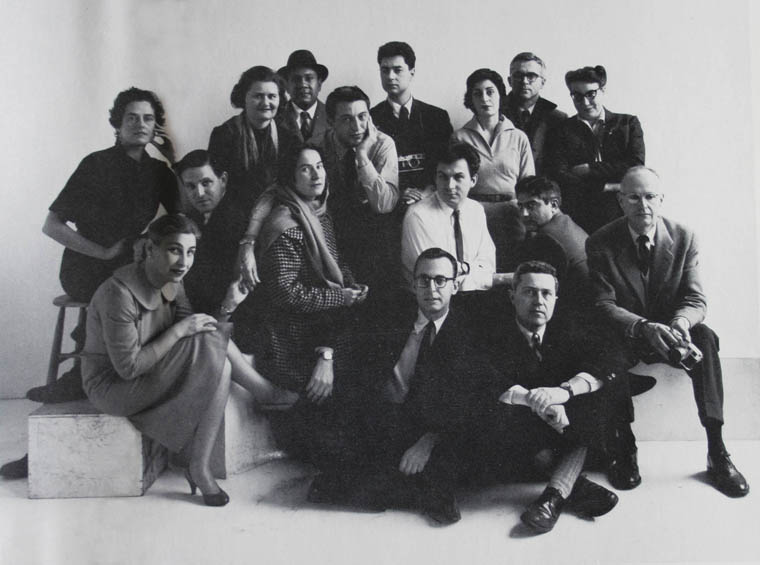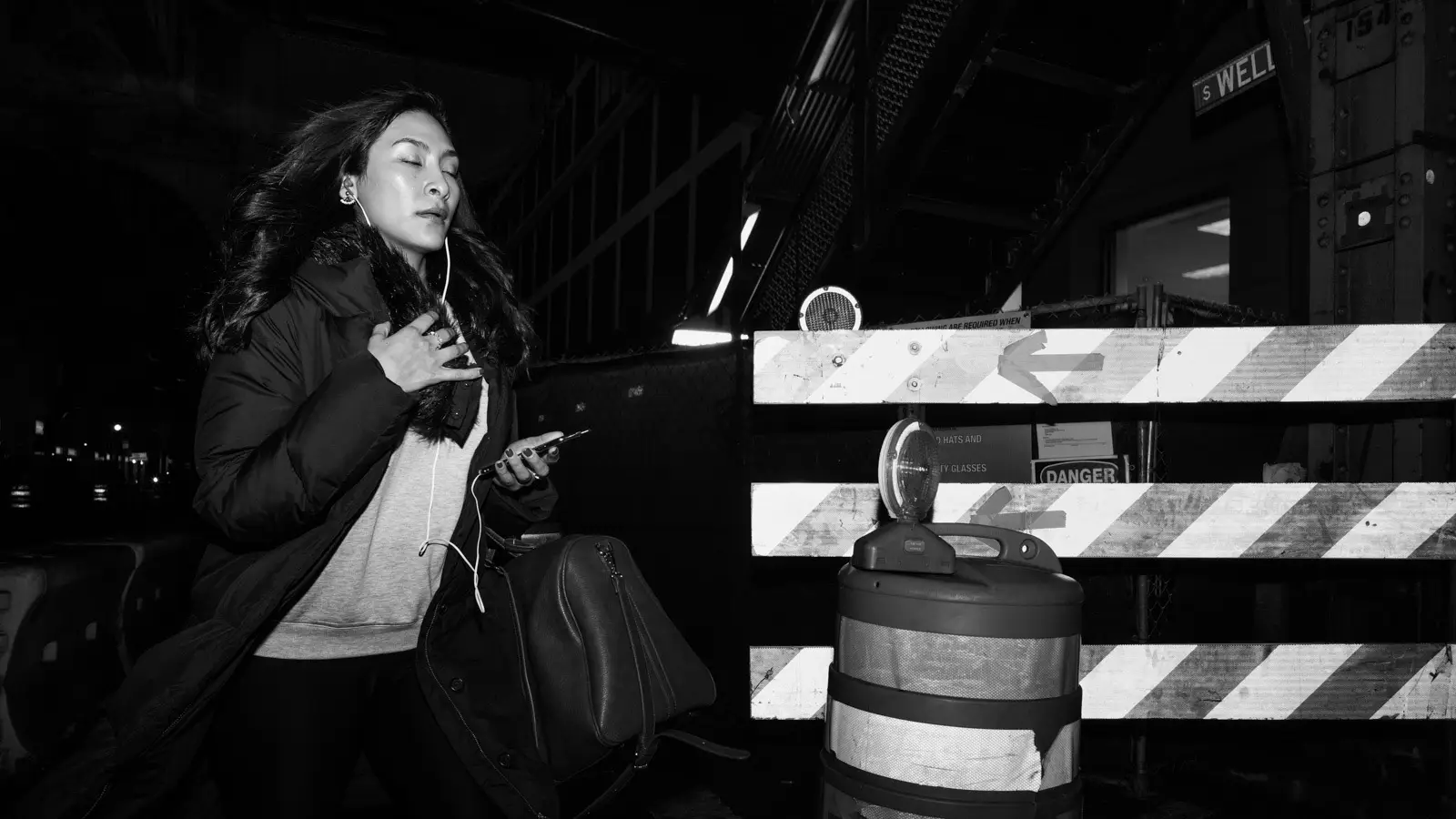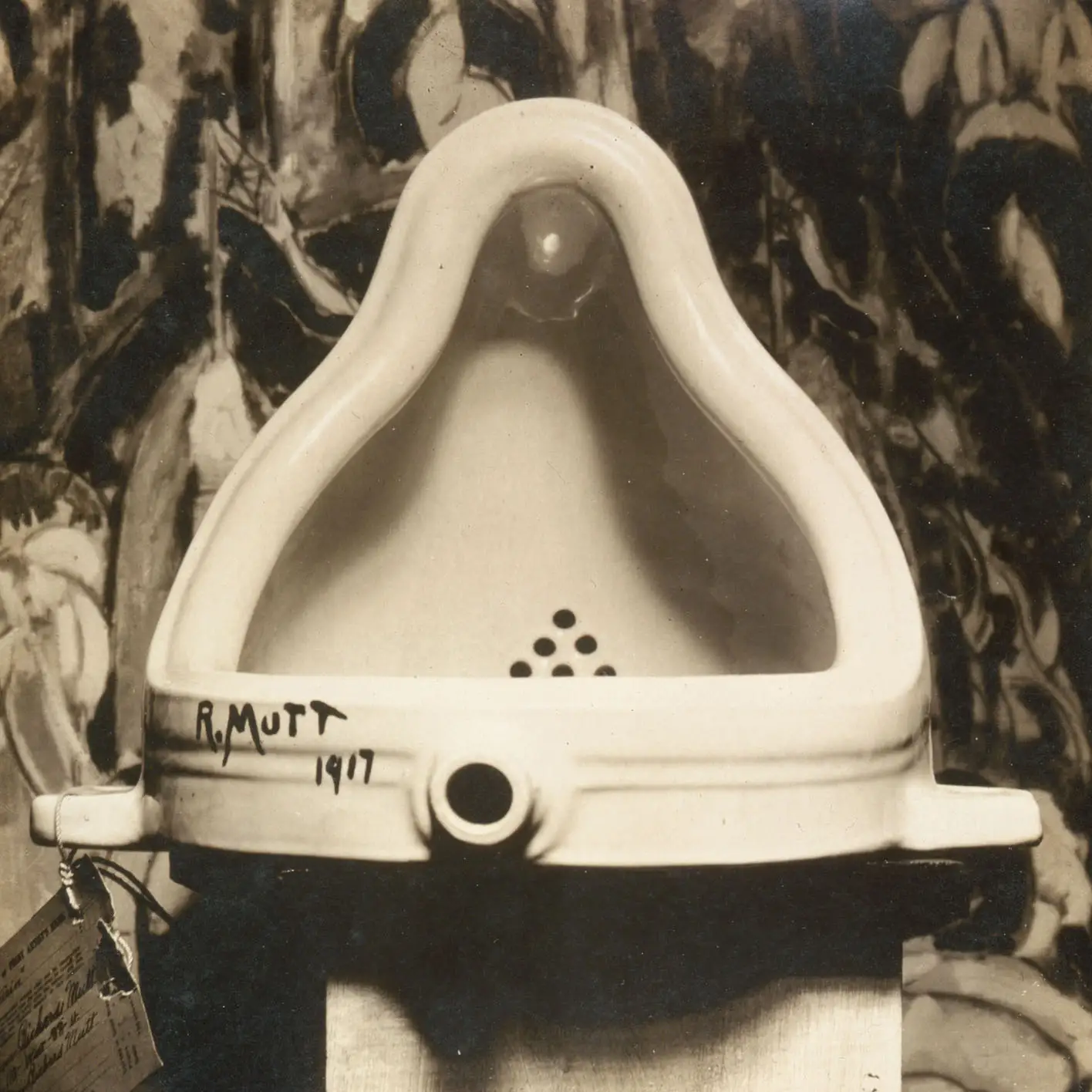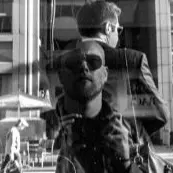Andreas Gursky
Andreas Gursky was born in Liepzig, Germany, on January 15, 1955. Just two years later he and his family moved to Dusseldorf. His parents, Willy and Rosemarie, were successful commercial photographers.
Education
While Andreas Gursky was not interested in following in his parent’s exact footsteps, though he was interested in photography. In 1978, he enrolled in the Folkwangshule in Essen in the hope of becoming a photojournalist. While studying photography, he drove a cab to support himself financially.
After graduating in 1980, Andreas Gursky was not able to find a job in photojournalism. Therefore, he decided to continue his education at Kunastakademie in Dusseldorf. The Kunastakademie was an institution that was the foundation of Germany’s post-World War II avant-garde movement.
During his second year at the Kunastakademie, Andreas Gursky studied under Bernd and Hilla Becher, known for their contributions to the conceptual and minimal art movements. The Bechers’ shot photos in black-and-white and emphasized documentary traditions. However, in the class, the students also studied color photography techniques. Andreas Gursky graduated from Kunastakademie in 1987.
Career
Starting in 1981, Andreas Gursky shared a darkroom with friends, choosing to focus his attention on color photography.
In the late 1980s, Gursky begin to increase the size of his prints, and during the 1990s, he used the largest paper that he could find commercially. Taking advantage of new emerging technology, Gursky also started using computers to enhance and change his negatives.
In an effort to increase the size of his photographs, Gursky started combining photographic sheets. Some of his photographs were more than seven feet by 15 feet.
Like the size of the paper that Andreas Gursky used, the size of his subjects also changed, from small groups of people or objects to groups of hundreds of people and huge buildings. He usually shot these large subjects and objects from a distance.
As his popularity grew, Andreas Gursky moved into the international art world. First showing solo at the Galerie Johnen & Schottle in Cologne in 1988, in 1989 his work was exhibited at the Internationale Foto-Triennale in Esslingen, followed by a 1990 showing in the Venice Biennale. Gursky has also showed at the following:
- the Biennale of Sydney
- the Busch-Reisinger Museum at Harvard University
- the Centre National d’Art et de Culture George Pompidou
- the Museum of Modern Art, New York.
His awards include the 1998 Citibank Private Bank Photography Prize and the 2001 Infinity Award for Art from the International Center of Photography in New York.
Andreas Gursky’s work is highly sought after. On Nov. 16, 2006, 99 Cent II Diptychon sold at Phillips de Pury & Company, New York, for $2.48 million, the most money ever paid at auction for a piece by a living photographer. This is not the only time that the selling price of a Gursky piece has broken the $2 million mark: Another one of the 99 Cent prints sold for more than $2.25 million in May 2006.
Photography
Why is Andreas Gursky’s work so popular? 99 Cent (1999) is a shot of the interior of a discount store, showing racks and racks of colorfully packaged candy and food. A reflection of the goods shines on the roof of the store. Only a few people are in the store, separated by islands of food. In the photo, all of the merchandise is neatly ordered. The only decorations on the walls are 99-cent signs.
The contrast between the bright colors of the food, the multitude of product being sold, the orderly fashion in which the store is organized and the isolation of the people brings to mind the prevalence of unnecessary consumer goods in today’s world, which one might argue often works to overwhelm and isolate people rather than help them.
Another interesting example of Andreas Gursky’s work is San Francisco (1998). In this print, Gursky has taken a picture of the atrium of a large, modern San Francisco hotel. The image, left alone, would be sterile. However, Gursky manipulated the picture so that one wall looks as if it is crashing into the wall on the other side of the building and dissolving into water.
Today, Andreas Gursky continues to travel and work. Currently, he lives in Dusseldorf in a renovated power station.



